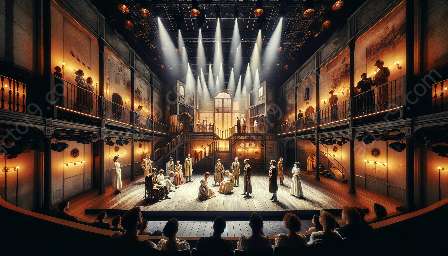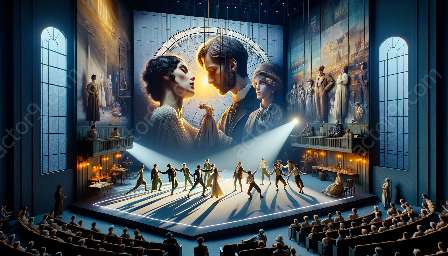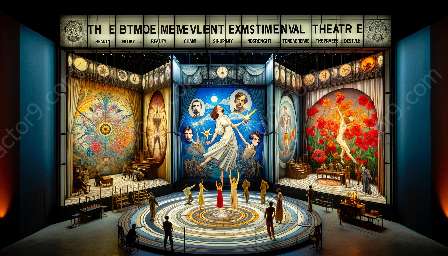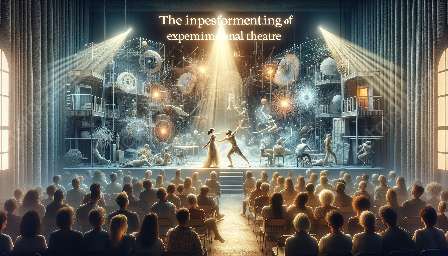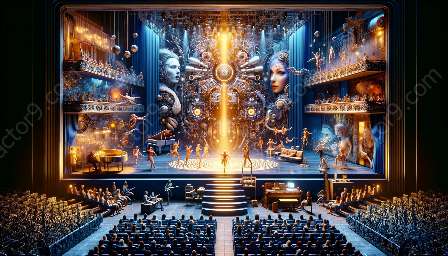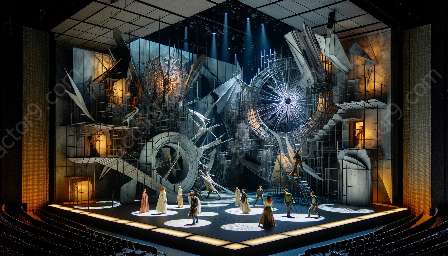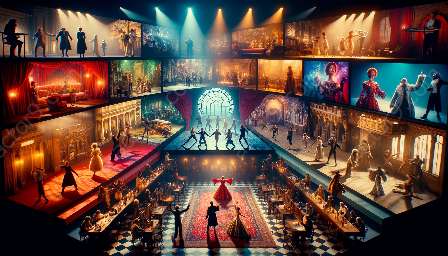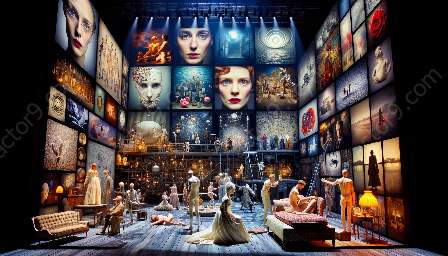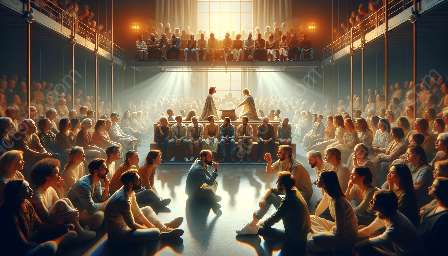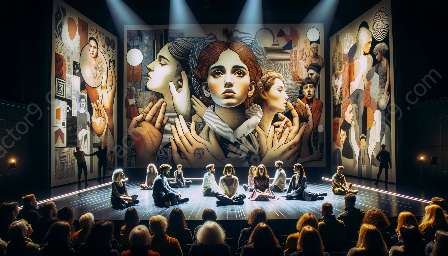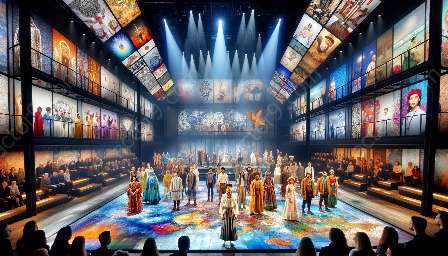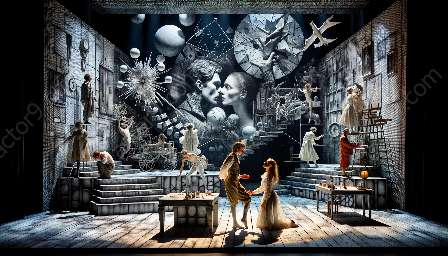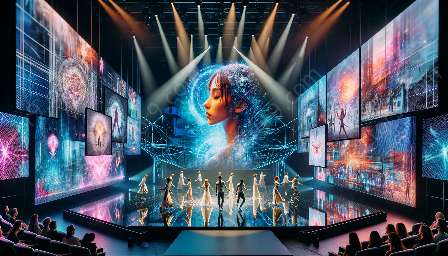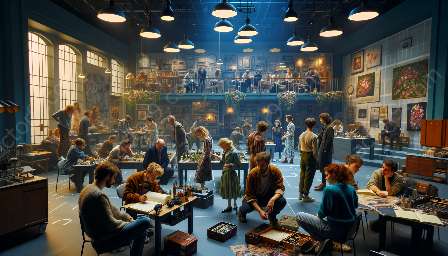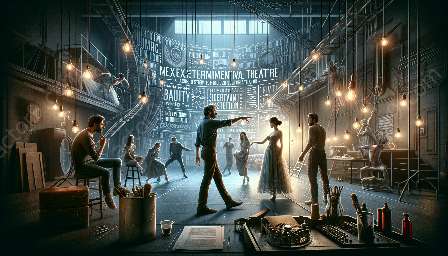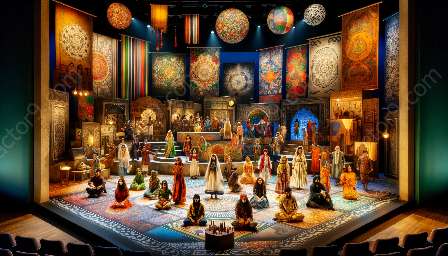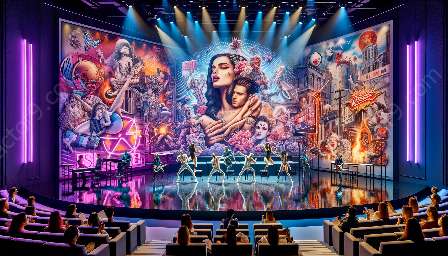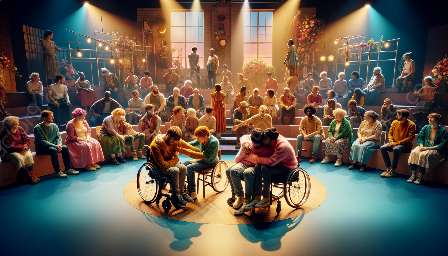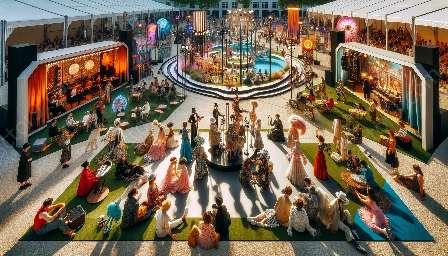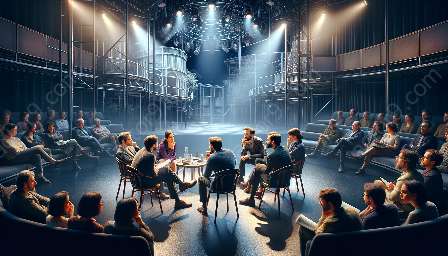Experimental theatre is a powerful medium that pushes the boundaries of storytelling and performance, often incorporating multimedia elements to enhance the audience experience. In this exploration, we will delve into the narrative structures that are commonly found in experimental theatre and how they interact with multimedia, creating a dynamic and immersive theatrical experience.
Understanding Experimental Theatre
Experimental theatre is a genre that defies traditional forms of storytelling and performance. It challenges conventional norms and allows artists to break free from the constraints of traditional theatrical structures. This freedom enables them to explore innovative and unconventional approaches to narrative construction, engaging the audience in new and thought-provoking ways.
Deconstructing Narrative Structures
In experimental theatre, narrative structures are often fragmented and non-linear, creating a sense of disorientation and intrigue for the audience. The use of multiple perspectives, non-chronological timelines, and abstract symbolism allows for a more immersive and interpretive experience, inviting the audience to actively engage with the performance.
Furthermore, experimental theatre frequently incorporates multimedia elements such as video projections, soundscapes, and interactive technologies to complement and enhance the storytelling process. These multimedia components serve to deepen the audience's emotional and sensory connection to the narrative, blurring the boundaries between reality and fiction.
Exploring Interactive Storytelling
Multimedia integration in experimental theatre opens up possibilities for interactive storytelling, where audience members can become active participants in the narrative. Through the use of interactive technologies, such as augmented reality or participatory installations, the audience is invited to influence the direction of the story, providing them with a personalized and immersive theatrical experience.
Collaborative Creation and Co-Creation
Experimental theatre often embraces collaborative creation and co-creation processes, where artists and audiences actively participate in shaping the narrative. This approach fosters a sense of community and inclusivity, breaking down the traditional barriers between performers and spectators, and allowing for diverse perspectives and voices to contribute to the storytelling process.
Embracing the Unpredictable
One of the defining features of experimental theatre is its embrace of unpredictability and spontaneity. This unpredictability extends to the narrative structures themselves, where the boundaries between reality and fiction are intentionally blurred, challenging the audience's perceptions and expectations of storytelling.
Conclusion
The narrative structures in experimental theatre are a testament to the genre's ability to constantly innovate and push the boundaries of traditional storytelling. By integrating multimedia elements and embracing non-linear, interactive, and collaborative narrative approaches, experimental theatre offers audiences a captivating and thought-provoking experience that transcends the conventional constraints of traditional theatre.

